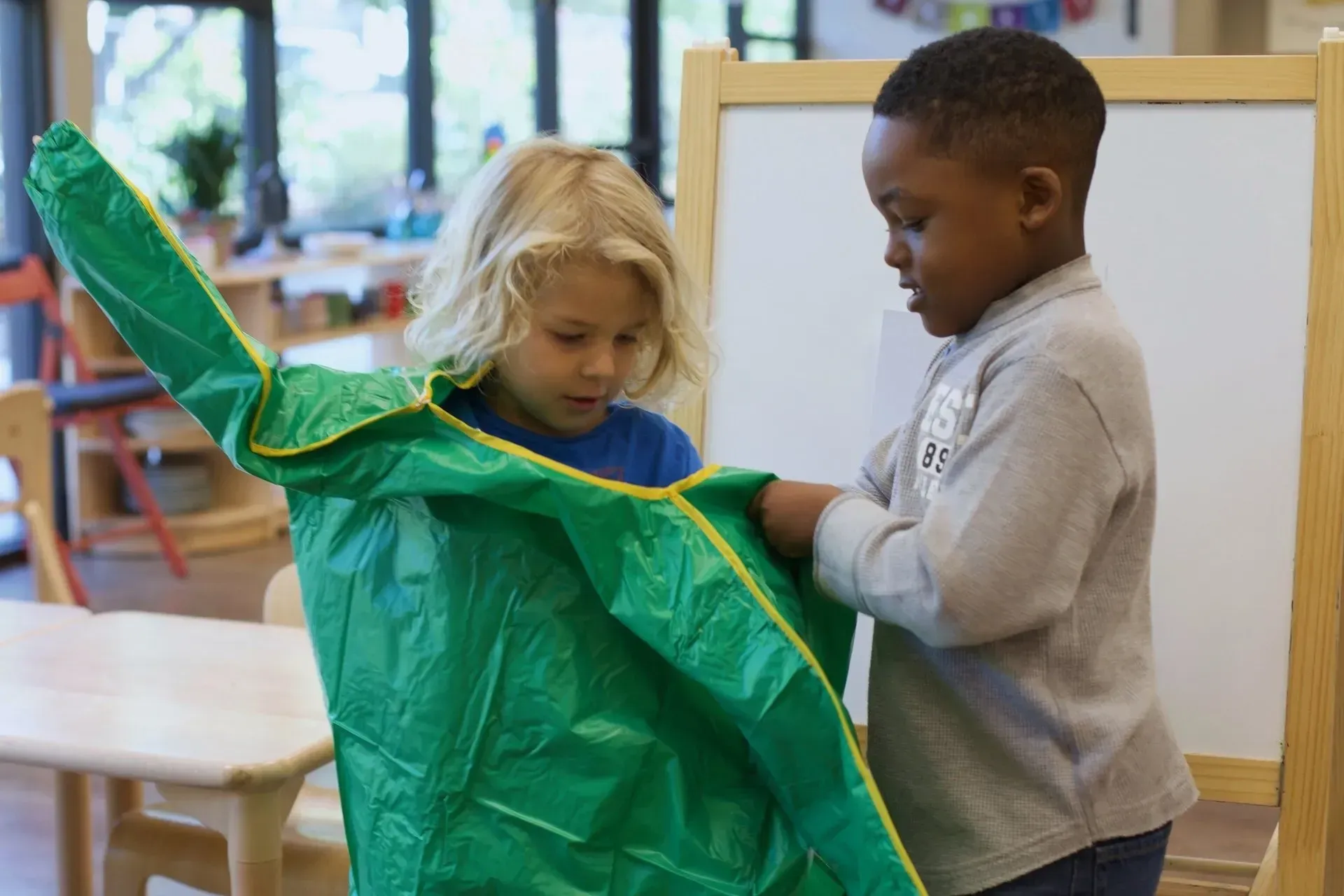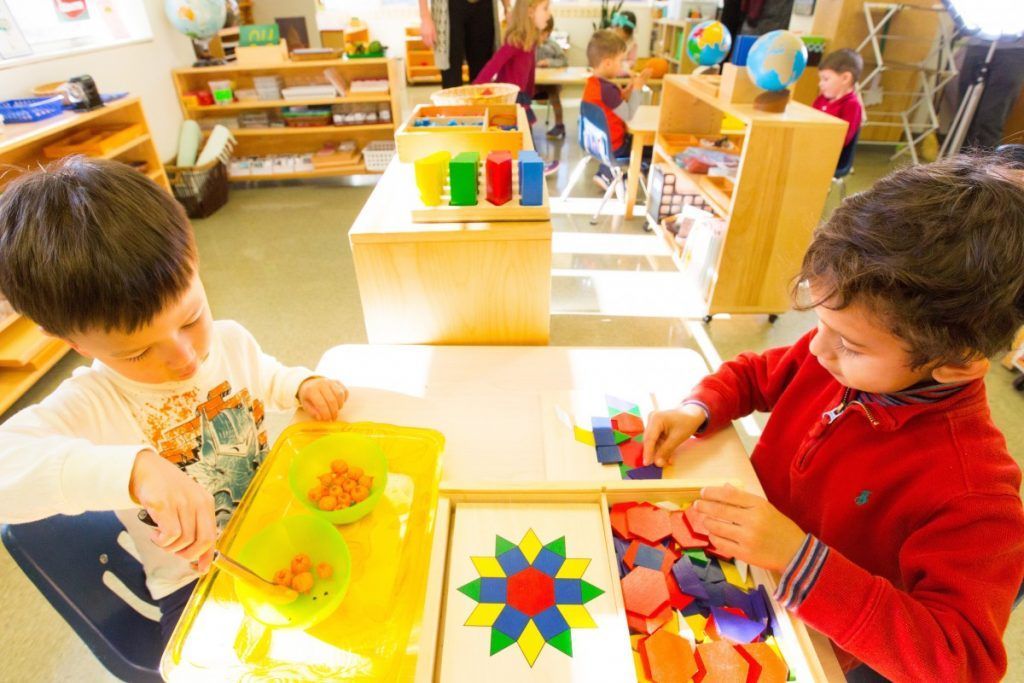
Practical means basic, useful, and purposeful. Life means the way of living. Practical life exercises are just that, they are exercises so the child can learn how to do living activities in a purposeful way.
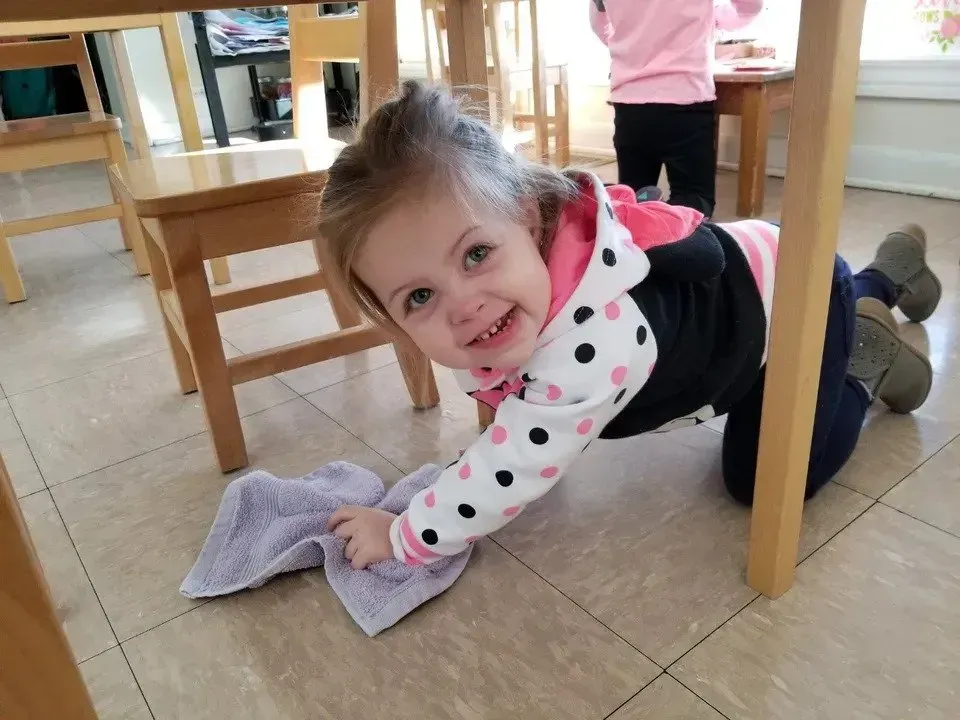
Meaning and Purpose of Practical Life
The purpose and aim of Practical Life is to help the child gain control in the coordination of his movement, and help the child to gain independence and adapt to his society. It is therefore important to “Teach teaching, not correcting” (Montessori) in order to allow the child to be a fully functional member in his own society. Practical Life Exercises also aid the growth and development of the child’s intellect and concentration and will in turn also help the child develop an orderly way of thinking.
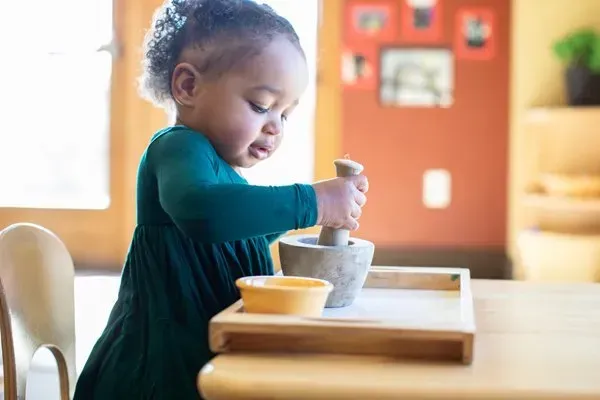
Exercise Groups
Practical Life Exercises can be categorized into four different groups: Preliminary Applications, Applied Applications, Grace and Courtesy, and Control of Moment.
In the Preliminary Exercises, the child learns the basic movements of all societies such as pouring, folding, and carrying.
In the Applied Exercises, the child learns about the care and maintenance that helps everyday life. These activities are, for example, the care of the person (i.e the washing of the hand) and the care of the environment (i.e. dusting a table or outdoor sweeping).
In the Grace and Courtesy Exercises, the children work on the interactions of people to people.
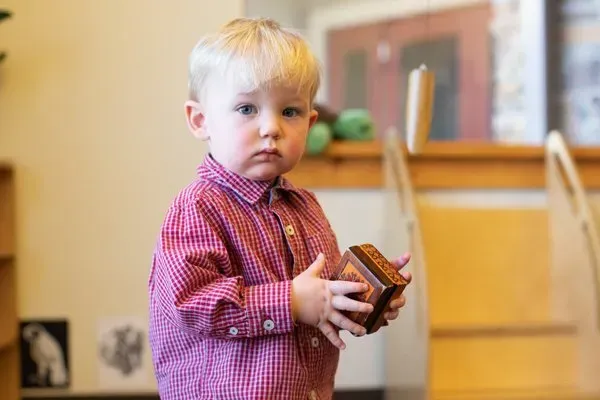
Reason for Practical Life Exercises
Children are naturally interested in activities they have witnessed. Therefore, Dr. Montessori began using what she called “Practical Life Exercises” to allow the child to do activities of daily life and therefore adapt and orientate himself in his society.
It is therefore the Directress’s task to demonstrate the correct way of doing these Exercises in a way that allows the child to fully observe the movements. Montessori says, “If talking don’t move, if moving don’t talk”.
The directress must also keep in mind that the goal is to show the actions so that the child can go off and repeat the activity in his own successful way.
Montessori says, “Our task is to show how the action is done and at the same time destroy the possibility of imitation”. The child must develop his own way of doing these activities so that the movements become real and not synthetic.
During the child’s sensitive period between birth and 6, the child is constructing the inner building blocks of his person. It is therefore important for the child to participate in activities to prepare him for his environment, that allow him to grow independently and use his motor skills, as well as allow the child to analyze difficulties he may have in the exercise and problem solve successfully.
Montessori also saw the child’s need for order, repetition, and succession in movements. Practical Life Exercises also helps to aid the child to develop his coordination in movement, his balance and his gracefulness in his environment as well as his need to develop the power of being silent.
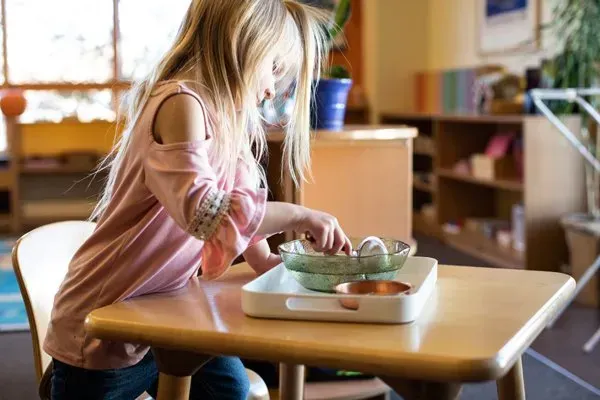
Characteristics of Practical Life
Because Practical Life Exercises are meant to resemble everyday activities, it is important that all materials be familiar, real, breakable, and functional. The materials must also be related to the child’s time and culture. In order to allow the child to fully finish the exercise and to therefore finish the full cycle of the activity, the material must be complete.
In the environment, the instructor may want to color code the materials as well as arrange the materials based on difficulties in order to facilitate the classification and arrangements of the work by the children.
The attractiveness is also of utmost importance as Montessori believed that the child must be offered what is most beautiful and pleasing to the eye so as to help the child enter into a “more refined and subtle world”.

